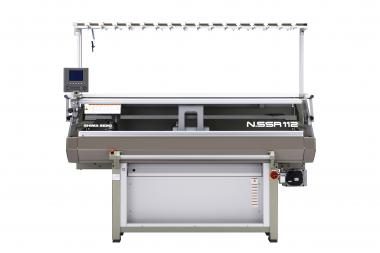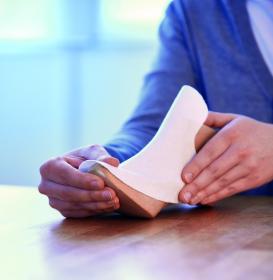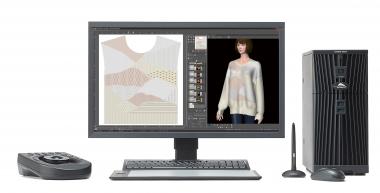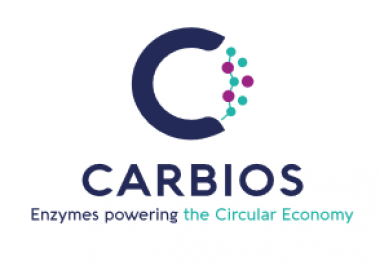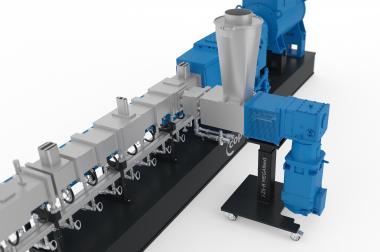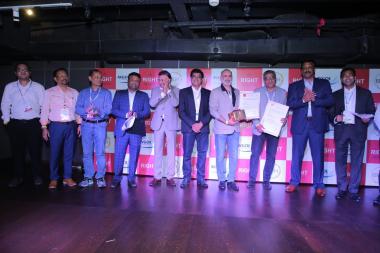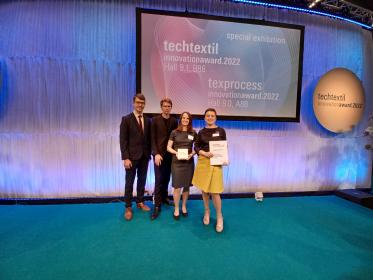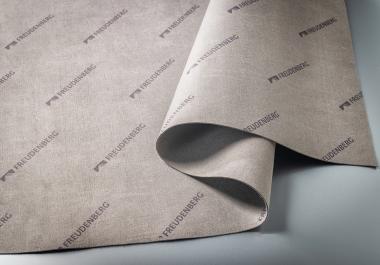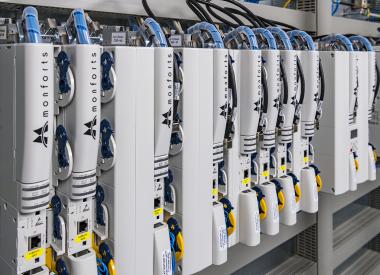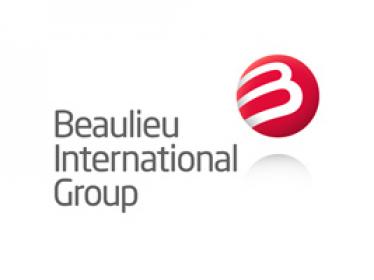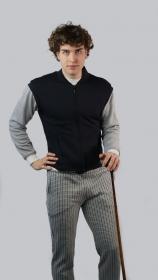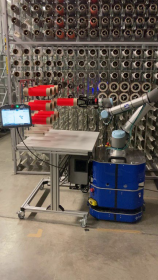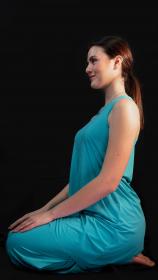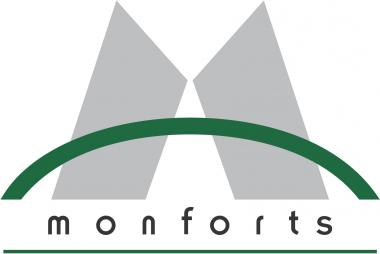Techtextil India to take place in September 2023
Messe Frankfurt India has announced that the ninth edition of Techtextil India will be held from 12 – 14 September 2023, for the first time at JIO World Convention Centre (JWCC), Mumbai. On the side-lines of the three-day fair, the organisers are planning a series of live sessions to spark debates on important industry topics and high-growth application areas.
As the leading business event for the Indian technical textile industry, Techtextil India, aims to connect international and domestic players with buyers from 12+ segments under diverse application areas and create a one-stop sourcing platform to highlight latest product innovations in technical textiles.
Marking a spectacular comeback after the lockdown, the eighth edition of Techtextil India in 2021 stood out to be a ground-breaking business platform for the technical textile sector with live demonstrations from over 150 companies’ brands and an exclusive German pavilion. The high-profile event, over the course of three days attracted 4,087 trade visitors from 25 states and 194 cities. Mr Pramod Khosla, Director, Khosla Profil Pvt Ltd, shared: “Despite the unprecedented situation created by pandemic, Techtextil India 2021 saw a tremendous response from visitors. This goes to show the immense interest and trust that industries and people have in the technical textiles sector as well as in Techtextil India.”
For the upcoming ninth edition, leading Indian players such as Alok Masterbatches, Khosla Profil, Park Nonwoven, Sarex Chemicals, Suntech Geo, Weavetech have already confirmed their participation and will be showcasing innovations in high-growth application areas of Geotech, Packtech, Agrotech & Indutech with a focus on products such as specialty fibres, filtration fabrics, functional textiles & advance technology.
While Mobiltech, Indutech, Meditech, Packtech and Sportech constitute a major share value in the global market for technical textiles, the segments likely to grow at the fastest rates (at rates faster than a CAGR of 10%) in the Indian market are Oekotech, Protech, Mobiltech, Geotech, Indutech, Agrotech, Buildtech and Packtech. The government’s target to accelerate technical textile sector growth from 8% to 15-20% range in the next five years and transform the nation into a major player in innovations, technology development, applications in key areas (agriculture, roads and railways, water resources, hygiene and healthcare, personal protection) is giving strong impetus to industry players.
With an aim to place India as one of the leaders in the global technical textile market and enhance its adoption and penetration domestically, the Indian government has earmarked INR 1000 crore (USD 130.7 million) dedicated only for R&D of the Technical Textiles sector, while the Union Budget 2022-23 further allocates INR 100 crore (USD 13.07 million) for the National Technical Textiles Mission. The centre is making strong efforts to encourage the use and adoption of technical textiles and has mandated the use of 92 items by government organisations covering agriculture, horticulture, highways, railways, water resources, and medical applications. The organisers are in talks with international technology players targeting these application areas to present their innovations at the three-day fair.
Messe Frankfurt (HK) Limited









